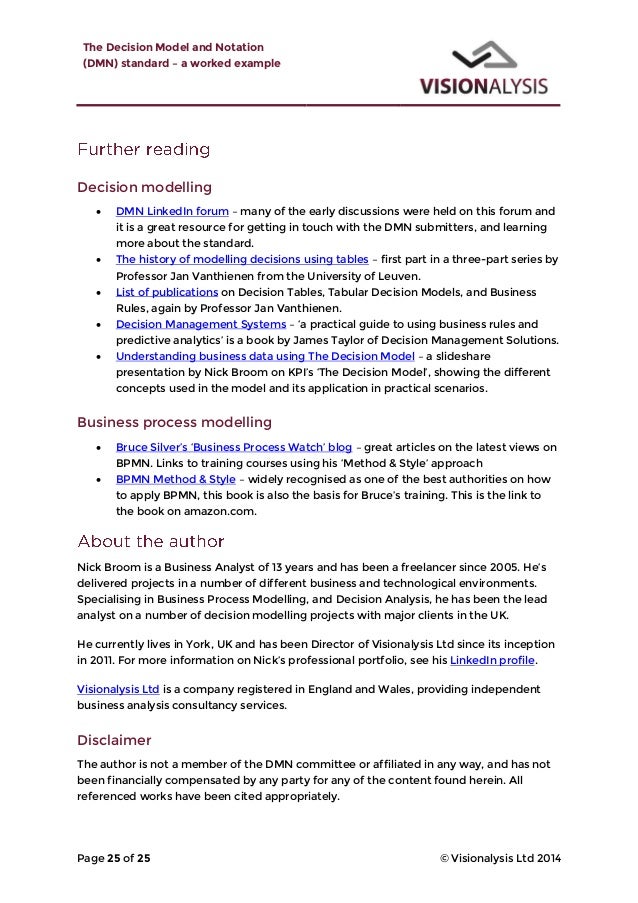
Bruce Silver Bpmn Method And Style Pdf Printer Problems
Bpmn Method And Style by Bruce Silver is available now for quick shipment to any U.S. This edition can easily be substituted for ISBN or ISBN 114 the 2nd edition or even more recent edition. You will save lots of cash by using this 2009 edition which is nearly identical to the newest editions. We have been selling books online for over ten years and we have learned how to save students from the inflated costs of textbooks especially when the updated editions do not contain substantial changes and typically are nearly identical in every way.
We even guarantee this by offering a 30-day full refund if you are unable to use the book for any reason. If you need more convincing about our longstanding track record in saving students loads of unnecessary expense on books feel free to simply review over fifteen thousand feedbacks that can be seen on our Ebay store by clicking.
Creating business process models that can be shared effectively across the business - and between business and IT - demands more than a digest of BPMN shapes and symbols. It requires a step-by-step methodology for going from a blank page to a complete process diagram. It also requires consistent application of a modeling style, so that the modeler's meaning is clear from the diagram itself. Author Bruce Silver explains not only the meaning and proper usage of the entire BPMN 2.0 palette, but calls out the working subset that you really need to know. He also reveals the hidden assumptions of core concepts left unexplained in the spec, the key to BPMN's deeper meaning.The book addresses BPMN at three levels, with primary focus on the first two. Level 1, or descriptive BPMN, uses a basic working set of shapes and symbols to meet the needs of business users doing process mapping. Level 2, or analytical BPMN, is aimed at business analysts and architects.
It takes advantage of BPMN's expressiveness for detailing event and exception handling, key to analyzing and improving process performance and quality. Level 3, or executable BPMN, is brand new in BPMN 2.0.
Here the XML underneath the diagram shapes becomes an executable design can be deployed to a process engine to automate the process. Book Description:An excellent basic framework, showing which features are useful at each layer of refinement. This book could have been aptly named BPMN Bible for Business Analysts. From the Back Cover:Business Process Modeling Notation is famous for combining business-friendliness with the expressiveness and semantic precision demanded by IT. Despite its acceptance as the standard for business process modeling, few in either business or IT know how to use it effectively. The ability to create process models that can stand on their own, understandable from the diagram alone without an accompanying explanation, requires more than a dictionalry of BPMN's shapes and symbols. It also requires a step-by-step methodology and a manual of BPMN style.

BPMN Method and Style delivers just that.Loaded with diagrams and examples, the book provides elements of style in combination with a cookbook method for process modeling at multiple levels. Level 1, or descriptive BPMN, uses a basic working set of diagram elements to meet the needs of business users looking to map current processes and improve them. Level 2, or analytical BPMN, leverages the full BPMN palette to create models that clearly express fine details, including event and exception handling. BPMN Level 2 is the long-sought 'common process language' shared by business and IT. Level 3, or executable BPMN, is brand new in BPMN 2.0. It extends the XML underneath the diagram to a complete executable design language.BPMN Method and Style aligns these levels so that each is a refinement of the previous.
The result is a single process model, viewable at different levels of detail, shareable across the company.' About this title' may belong to another edition of this title.